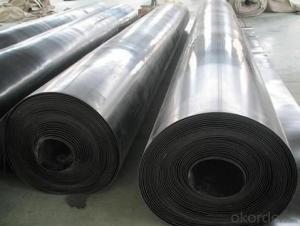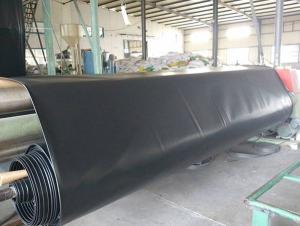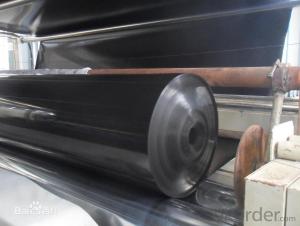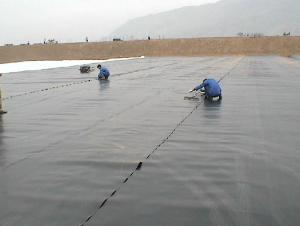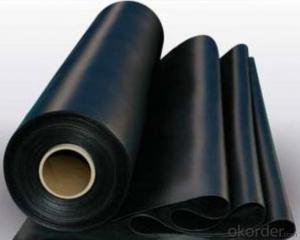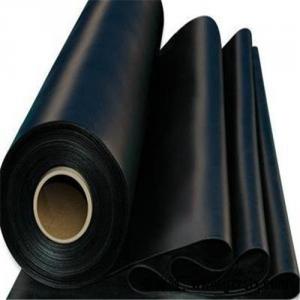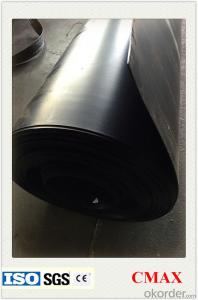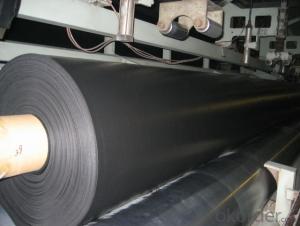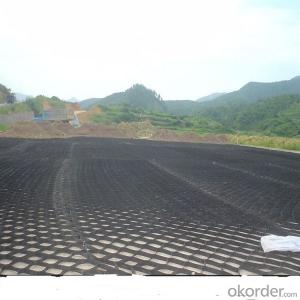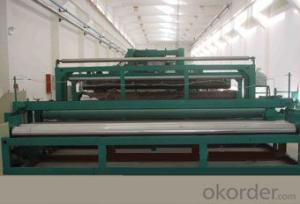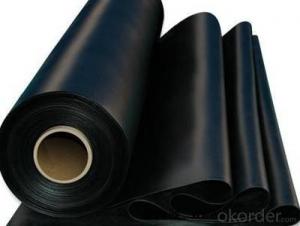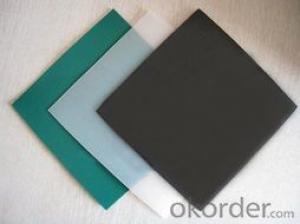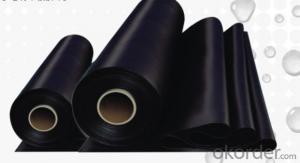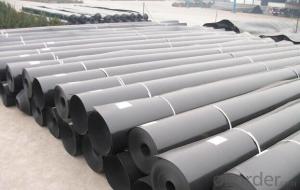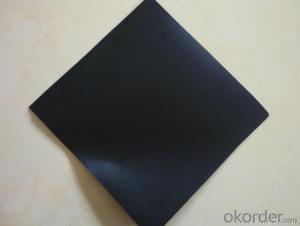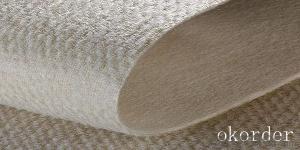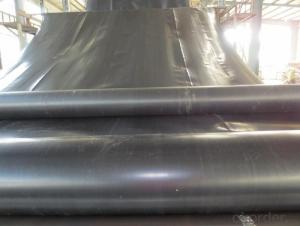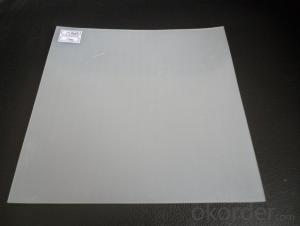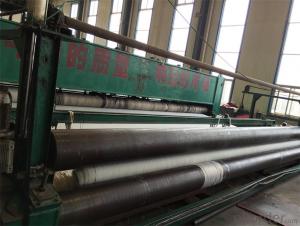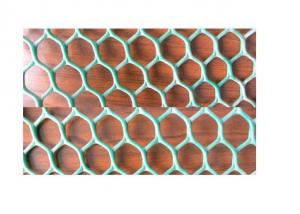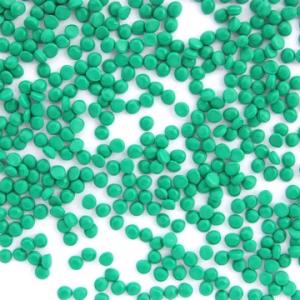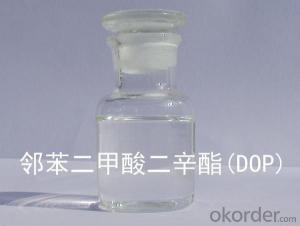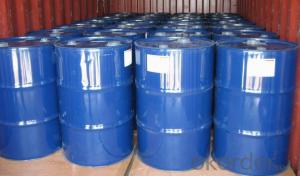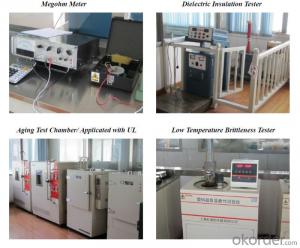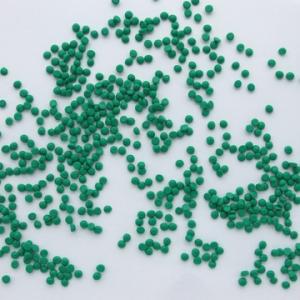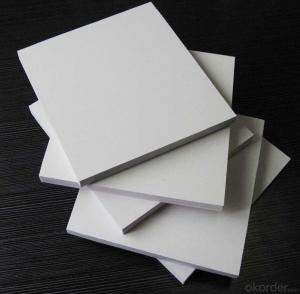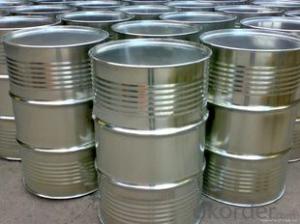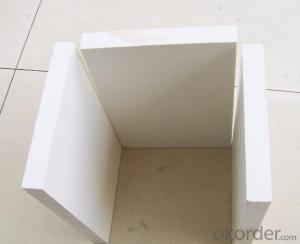Geomembrana De Hdpe
Geomembrana De Hdpe Related Searches
Geomembrana Hdpe Hdpe Geomembrana Geomembrana In Hdpe Geomembran Hdpe Geomembrane Hdpe Geomembrane In Hdpe Rollo De Geomembrana Hdpe Wholesale Hdpe Geomembrana Geomembrana Hdpe 1mm Hdpe Geomembrane Machine Geomembrana Hdpe 2mm Geomembrana Ldpe Gse Hdpe Geomembrane Hdpe Membrane Pegamento Para Geomembrana Hdpe Hdpe Geomembrane Sheet Wholesale Geomembrane Hdpe Hdpe Textured Geomembrane Geomembrana Hdpe Sodimac Hdpe Smooth Geomembrane Hdpe Geomembrane China Wholesale Hdpe Geomembrane Geomembrana Hdpe 1 Mm Precio Geomembrana Lldpe Jual Geomembrane Hdpe Reinforced Hdpe Geomembrane Kolam Geomembrane Hdpe Hdpe Geomembrane Installation Hdpe Geomembrane Welding Geomembrana Hdpe 40 MilsGeomembrana De Hdpe Supplier & Manufacturer from China
Geomembrana De Hdpe, a high-density polyethylene (HDPE) product, is widely recognized for its exceptional durability and resistance to various environmental factors. This material is specifically engineered to be impermeable and resistant to chemical degradation, making it an ideal choice for applications where containment and protection are crucial.Geomembrana De Hdpe is commonly used in a variety of industries, such as waste management, mining, and construction, where it serves as a barrier to prevent the leakage of hazardous substances or water. It is also utilized in landscaping and agriculture to control erosion and maintain moisture levels. The product's versatility and effectiveness in these scenarios have made it a popular choice among professionals in various fields.
Okorder.com is a reputable wholesale supplier of Geomembrana De Hdpe, boasting a large inventory to cater to the diverse needs of customers. With a commitment to quality and customer satisfaction, Okorder.com ensures that the Geomembrana De Hdpe products they offer meet the highest industry standards.
Hot Products


